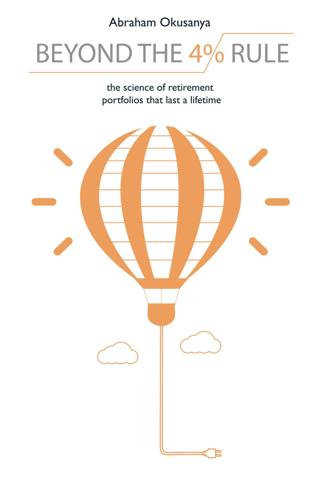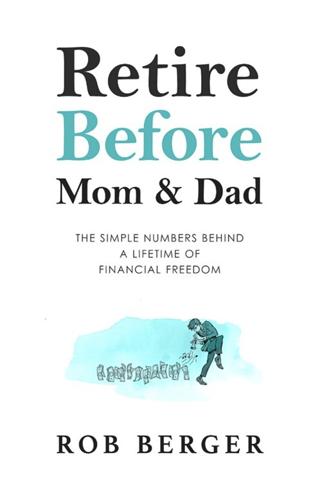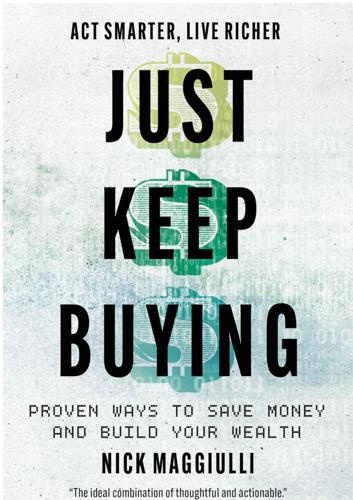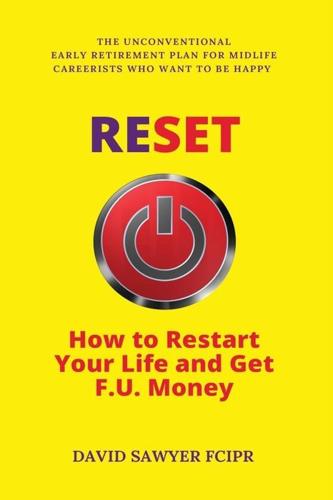William Bengen
description: a financial planner known for his research on the sustainability of withdrawal rates in retirement planning
5 results

Beyond the 4% Rule: The Science of Retirement Portfolios That Last a Lifetime
by
Abraham Okusanya
Published 5 Mar 2018
Retirees may sacrifice some lifestyle and legacy goals to secure their essential income Upside • Flexibility • Higher income and legacy if market turns out to be favourable Essential income not subject to vagaries of the market Retirement income product • Diversified investment portfolios • Annuity for essential spending • Investment-linked annuity • Diversified portfolios only used for discretionary spending Risk profile Medium to high Low to medium Flexibility to income adjustment Medium to high Low to medium Maintenance High Low Difficulty Complex Simple Modern Portfolio Theory vs. Modern Retirement Theory The empirical foundation for the probability-based school is the seminal paper published in the Journal of Financial Planning in 19945 by engineer-turned-financial planner, William Bengen. A key aspect of Bengen’s work is the idea of optimal asset allocation for a retirement portfolio. This draws on the Modern Portfolio Theory, pioneered by Harry Markowitz in 1952. It explores how a portfolio of multiple assets maximises returns for a given level of risk. The safety-first school has its empirical basis in lifecycle finance, put forward by Zvi Bodie6.
…
Kitces’s ratcheting rule (1%pa fee deducted) The downside is that the ratcheting approach may go against the consumption pattern of most retirees, where spending tends to start higher and then reduces progressively in the later part of retirement. I’ve tested the ratcheting rule and concluded that a more conservative increase of 5% (rather than the 10% proposed by Kitces) is more appropriate if the portfolio value exceeds 150% of the original value. Floor and ceiling strategy This method was put forward by William Bengen in a 2001 article in the Journal of Financial Planning26. The strategy allows a retiree to withdraw a percentage of their outstanding portfolio each year. But it’s subject to defined minimum and maximum amounts based on the income in the first year of retirement. The rationale is that withdrawing a percentage of your outstanding portfolio each year results in too many fluctuations in income and makes budgeting particularly hard.

Retire Before Mom and Dad
by
Rob Berger
Published 10 Aug 2019
Not only that but you now have an extra $1,000 a month that was going to debt payments to put toward your Freedom Fund. Fifth, you reach Level 7 Financial Freedom when you have saved 25 years of expenses. What’s so special about having 25x our annual expenses? The answer has to do with what’s called the 4% rule. Developed by financial planner William Bengen in the early 1990s, the 4% rule is a guideline on how much of our Freedom Fund we can spend each year without running out of money. It was developed with retirees in mind, but we can use it here as well. If you spend $50,000 a year, you’ll reach Level 7 when you have saved $1,250,000 ($50,000 x 25).
…
In the words of Captain Barbossa, think of it more as the 4% Guideline than the 4% Rule. But it’s considered a reasonably safe approach to retirement spending. To put it bluntly, the 4% Rule gives us a reasonable chance of dying before our money runs out. As noted earlier, financial planner William Bengen first wrote about the 4% rule in 1994.15 Then three professors at Trinity University conducted what has become known as the Trinity Study.16 The 1998 study further supported Bengen’s findings. At first glance, 4% might seem low. We are assuming a nominal rate of return of 9.3%. If that’s a reasonable assumption, what happens to the other 5.3%?

Early Retirement Guide: 40 is the new 65
by
Manish Thakur
Published 20 Dec 2015
Leaving enough interest to keep up with inflation is important for your money to keep up its purchasing power over time. During economic downturns, this withdrawal may have to be as little as 3%, while during boom times, it could be as high as 5% as interest rates fluctuate. There has been quite a lot of analysis and debate covering this rule since it was formalized by William Bengen, and popularized by the Trinity Study in 1998. There are plenty of discussions and technical simulations that go into more detail online, but the main point is that for a fund that withdraws 4%, 95% of the time it will last at least 30 years. When the withdrawal rate is adjusted based on how well your investments are doing, this percentage increases to nearly 100% success rate in the simulations conducted in the study.

Just Keep Buying: Proven Ways to Save Money and Build Your Wealth
by
Nick Maggiulli
Published 15 May 2022
If it were easy, there wouldn’t be an entire industry dedicated to helping people navigate this period of their lives. Despite the difficulty of the problem, there are some simple rules you can use to determine when you can retire. One of the simplest is called The 4% Rule. The 4% Rule William Bengen was trying to figure out how much money retirees could withdraw from their portfolios each year without running out of money. In 1994 he published research that would revolutionize the financial planning world. Bengen found that retirees throughout history could have withdrawn 4% of a 50/50 (stock/bond) portfolio annually for at least 30 years without running out of money.

Reset: How to Restart Your Life and Get F.U. Money: The Unconventional Early Retirement Plan for Midlife Careerists Who Want to Be Happy
by
David Sawyer
Published 17 Aug 2018
For example, what would have happened if you retired from work in 1929 (the start of the Depression), the bear market of 1966, or the 1973 oil crisis. And even then, over 30 years, drawing 4% from your stash year after year would not have seen your money run out. Kitces, a recognised world expert who speaks at between 50 and 70 conferences a year on this topic, draws on the work of William Bengen, the person credited with inventing the 4% safe withdrawal rate, after publishing his landmark 1994 paper “Determining Withdrawal Rates Using Historical Data[324]”. He also cites the famous 1998 Trinity Study[325] by three professors of finance at Trinity University, Texas, using the same research and coming to broadly the same conclusions, the updated results of which you can find by googling “The Trinity Study And Portfolio Success Rates (Updated To 2018[326])”.